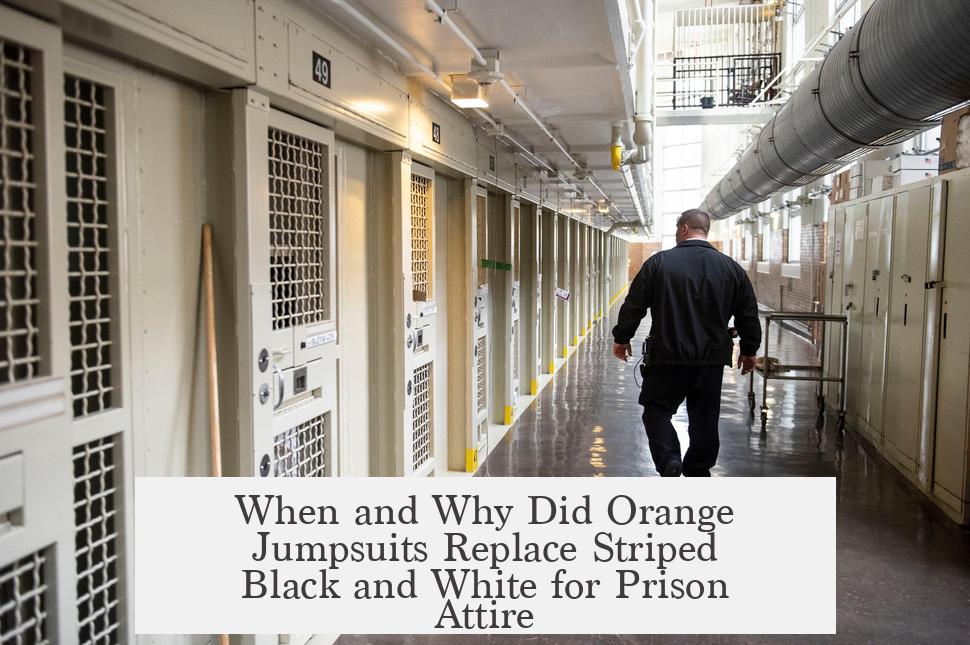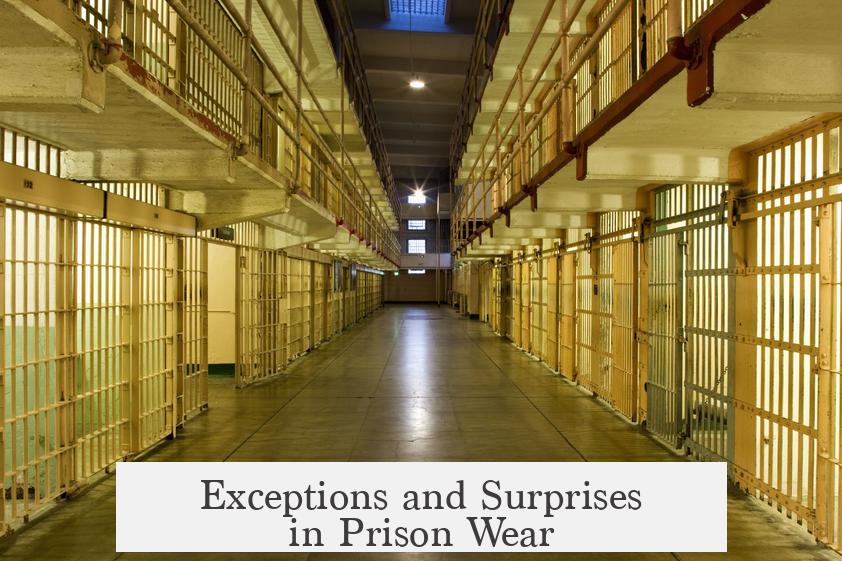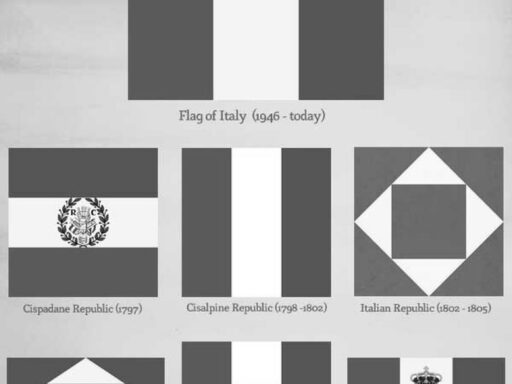Orange jumpsuits began to replace the traditional black and white striped prison attire in the early 20th century due to concerns over the stripes’ association with gang activities. The shift aimed to reduce such negative connotations and improve prisoner management. Orange garments were chosen mainly for their high visibility during transport or temporary detainment.
In the late 19th century, black and white striped uniforms gained an undesirable link to gang affiliations. This prompted governments to seek alternative prisoner attire to avoid reinforcing criminal identities. By the early 1900s, institutions introduced new colors and designs. Among these, bright orange and red jumpsuits became popular, especially for short-term use like county jail stays or prisoner transportation.
Orange and red suits stand out clearly against most backgrounds. This visibility reduces escape risks and helps staff quickly identify inmates under transit or temporary confinement. The strong color also fits a widespread cultural image of prison uniforms, which aids immediate recognition by the public and law enforcement personnel.
Despite the common use of orange jumpsuits, some jurisdictions have resisted adopting them. For example, New York State has banned orange jumpsuits, opting for other color schemes based on safety and identification preferences. This highlights the varied policies across states and facilities concerning prison attire.
- Black and white stripes were phased out in the early 20th century.
- The change addressed negative gang associations linked to stripes.
- Orange jumpsuits serve mainly for visibility during transport or temporary hold.
- Orange became culturally linked to prisoner clothing worldwide.
- Some regions, like New York, prohibit orange jumpsuits for inmates.
When and Why Did Orange Jumpsuits Replace Striped Black and White for Prison Attire?

The shift from the old-fashioned striped black and white prison uniforms to the now-iconic orange jumpsuits began around the start of the 20th century. This change wasn’t random nor just a fashion statement by correctional facilities. Instead, it was a thoughtful response to safety, identification, and societal perceptions—all evolving as the criminal justice system and its challenges matured.
Let’s unpack this colorful transformation and uncover the reasons behind it.
The Fall of Striped Black and White Prison Attire
Back in the late 19th century, the classic black and white striped uniforms were the iconic badge of incarceration. You know the image — prisoners shuffled around in stark stripes, easy for anyone to spot. This design was practical since it made prisoners instantly identifiable and harder to escape unnoticed.
But here’s the twist: by the time the 20th century rolled in, those stripes began to take on a very different meaning. They became deeply linked to gang activity and criminal group identities. Instead of just marking prisoners, the stripes started symbolizing gang affiliations, which caused significant concerns within the penal system.
Imagine trying to keep peace in a jail, only to find the uniforms igniting rivalries. The government, alarmed at this unintended side effect, realized a change was needed. The black and white stripes, though historically significant, were now fueling tensions rather than quelling them.
The Shift to Neutral Colors
So, what did prisons do after ditching the stripes? They moved toward muted, neutral colors. Shades like grey, dark green, and navy became the norm. These colors serve a few purposes:
- Less association with gangs or specific groups.
- A calmer, less confrontational appearance within prison environments.
- Practicality—easier to produce and maintain without standing out unnecessarily.
Interestingly, prisons customize colors depending on the inmate’s charges or the institution’s policies. So, you might find some inmates rocking a dark green jumpsuit while others wear grey. This subtle differentiation helps with internal categorization but without the loud symbolism of stripes.
The Emergence of Orange and Red Jumpsuits
Orange jumpsuits—think “prison uniform” and this bright color likely pops into your mind. But here’s a secret: orange and red are mostly used for temporary purposes. For example, when prisoners are in transport, or in county jails awaiting sentencing. They aren’t standard issue in every facility or situation.
Why orange and red? Two words: visibility and recognition. These bold colors stick out like a traffic cone in a snowstorm. It’s almost impossible to miss someone wearing bright orange. That means if a prisoner escapes or wanders off, they’re easy to spot immediately. It’s a safety tactic both for correctional officers and the public.
Some people might say orange jumpsuits are a cliché perpetuated by movies and TV shows. Sure, media plays a big role in popularizing this association. And truthfully, the jumpsuit’s bright color serves as an unspoken warning to society and a clear marker for law enforcement. It’s a practical and psychological tool combined.
Exceptions and Surprises in Prison Wear

Orange isn’t universally loved in the corrections world. Take New York State, for example. They banned orange jumpsuits altogether. The reasons are varied—from wanting to reduce the stereotypical stigma attached to inmates to concerns about safety and discrimination.
This shows one more layer of complexity in choosing prison attire. Policymakers balance many factors: security, perception, inmate rights, and public safety. No single color fits all scenarios.
What Can We Learn From This Colorful Evolution?
Why does all this matter? Well, clothing in prison settings is not just about covering bodies or marking status. It plays a huge role in maintaining order and safety. It sends signals—to inmates, staff, and society—about control, identity, and sometimes, redemption.
Swapping stripes for neutral tones and reserving bright orange for specific, practical roles reflects a smarter, more nuanced approach to prison management. Colors act as silent communicators; in correctional facilities, they either defuse tension or heighten awareness.
Would changing uniforms further reduce gang activity? Could more color-coded systems improve inmate classification safely? These questions remain active in corrections discussions today.
Final Thoughts
The transition from striped black and white uniforms to orange jumpsuits started in the early 1900s, driven by the need to reduce gang symbolism and increase control. Neutral colors took center stage in everyday prison attire, while orange and red jumpsuits carved out a specific role tied to visibility and temporary holding.
Next time you see a prisoner in an orange jumpsuit, remember it’s not just Hollywood’s favorite costume. It’s a carefully chosen tool balancing safety, identification, and tradition.
How do you think prison clothing might evolve next? Maybe holographic clothes that make inmates instantly fade into the background? Now there’s a thought!




